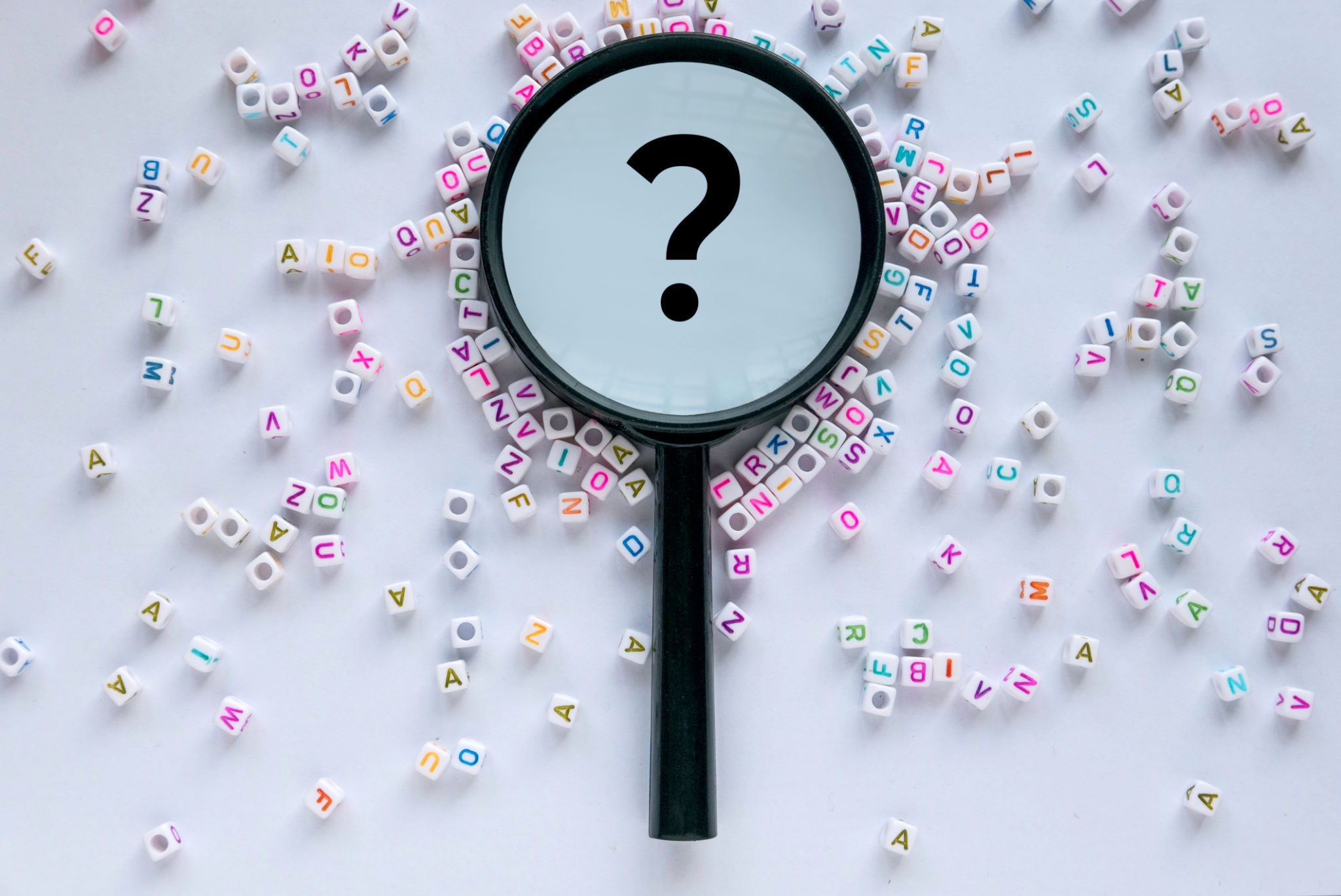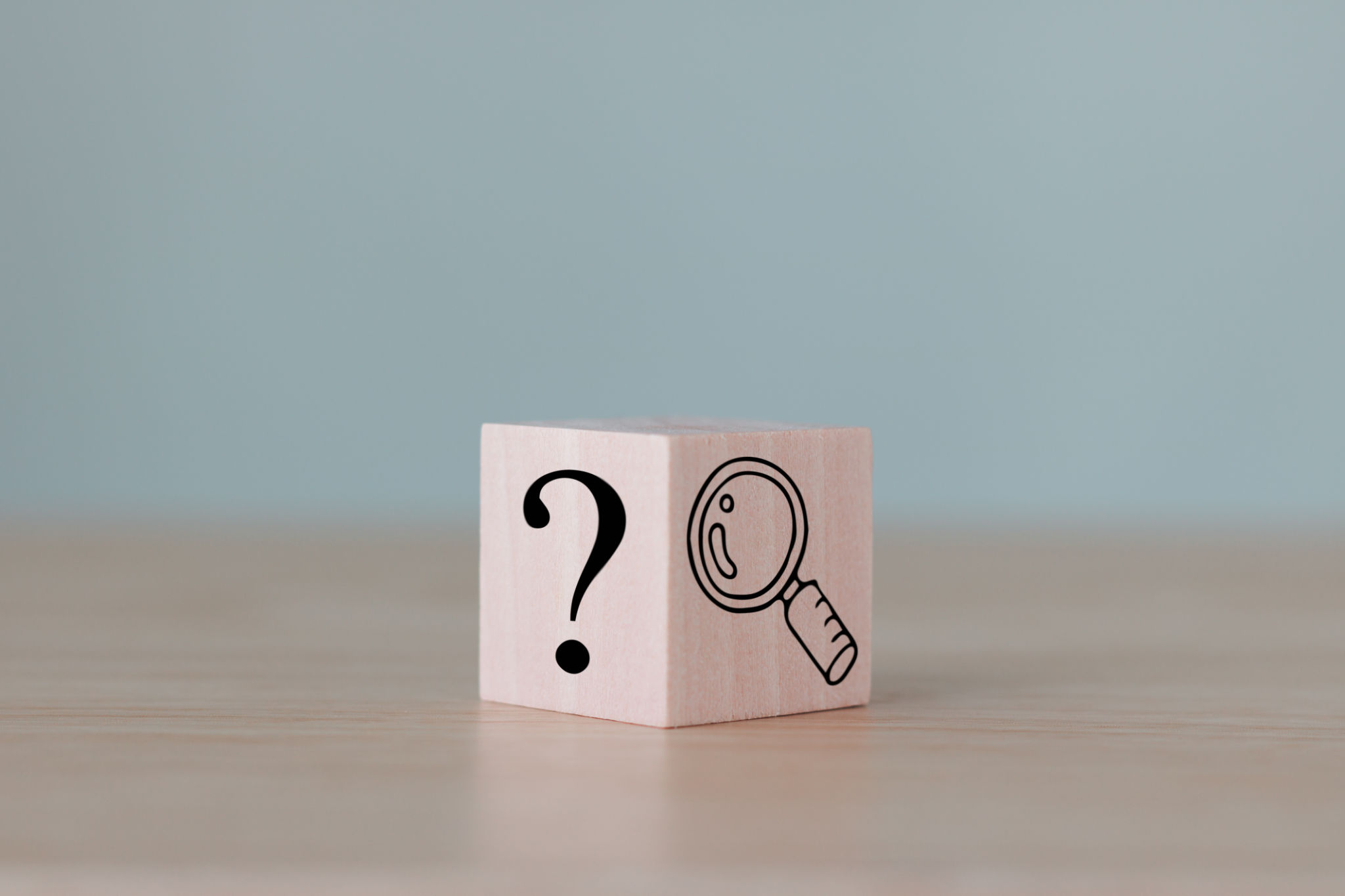The Art of the Audit Question: Balancing Thoroughness with Tact
Setting the Stage
Internal audits play a crucial role in identifying risks, ensuring compliance, and improving organisational processes. At the heart of an effective audit lies the auditor's ability to ask the right questions. But how do you strike the delicate balance between being thorough and maintaining a positive rapport with auditees? Let's explore the nuances of this essential skill.

The Unvarnished Truth: Navigating "Risky" Questions
As auditors, we have a professional obligation to be thorough and objective. This often means venturing into sensitive territory with our inquiries. However, the manner in which we approach these topics can significantly impact the audit's success.
Key Considerations:
1. Maintaining Cooperation: A tactful approach fosters a collaborative atmosphere, enhancing the audit's effectiveness.
2. Fostering Improvement: Remember, the goal is organisational betterment, not assigning blame.
3. Protecting Morale: Overly aggressive questioning can damage employee morale and the perception of the audit function.
The Pitfall of "Window Dressing"
Beware the temptation of "window dressing" questions – those designed to elicit a specific, favorable response. While they might seem to smooth over potential conflicts, they ultimately undermine the audit's integrity and effectiveness.
Mastering the Art of Skilful Questioning
To achieve the gold standard of auditing, consider these strategies:
1. Thorough Preparation: Research extensively before the audit to ask informed, targeted questions.
2. Objective Framing: Craft questions that gather information without implicit judgment.
3. Provide Context: Briefly explain the reasoning behind sensitive inquiries to help auditees understand their importance.
4. Active Listening: Pay attention to both verbal and non-verbal cues to guide your follow-up questions effectively.
5. Professional Demeanour: Maintain a calm, respectful approach, even when discussing challenging topics.

Setting Clear Expectations
Transparency is crucial. Communicate the audit's purpose and the necessity of probing questions during the planning stage or introductory meeting. This sets the foundation for a productive working relationship.
The Power of Open-Ended Questions
Incorporate open-ended questions to encourage detailed responses and uncover unexpected insights. For example:
- "Can you walk me through the process of...?"
- "What challenges have you encountered in implementing...?"
- "How do you ensure compliance with...?"
These questions invite auditees to share their experiences and perspectives, often revealing valuable information that might not surface through more direct questioning.

Handling Sensitive Information
When your questions uncover potentially sensitive information:
- Remain neutral and non-judgmental in your responses.
- Reassure the auditee about the confidentiality of the audit process.
- If necessary, discuss escalation procedures for serious issues.
Continuous Improvement in Questioning Techniques
Like any skill, effective questioning improves with practice and reflection. After each audit:
- Review the questions that yielded the most valuable insights.
- Identify areas where your questioning could have been more effective.
- Seek feedback from auditees on the audit process, including your questioning style.
Conclusion
The art of asking audit questions is a delicate balance of thoroughness, tact, and professionalism. By mastering this skill, auditors can fulfill their responsibilities while fostering a culture of continuous improvement within their organisations. Remember, the goal is not just to uncover issues, but to pave the way for positive change.
Reflection Point
Think about a time when you received a particularly challenging or sensitive question in a professional context. How did the questioner's approach affect your willingness to provide a thorough and honest response? How can you apply this experience to improve your own questioning techniques as an auditor?